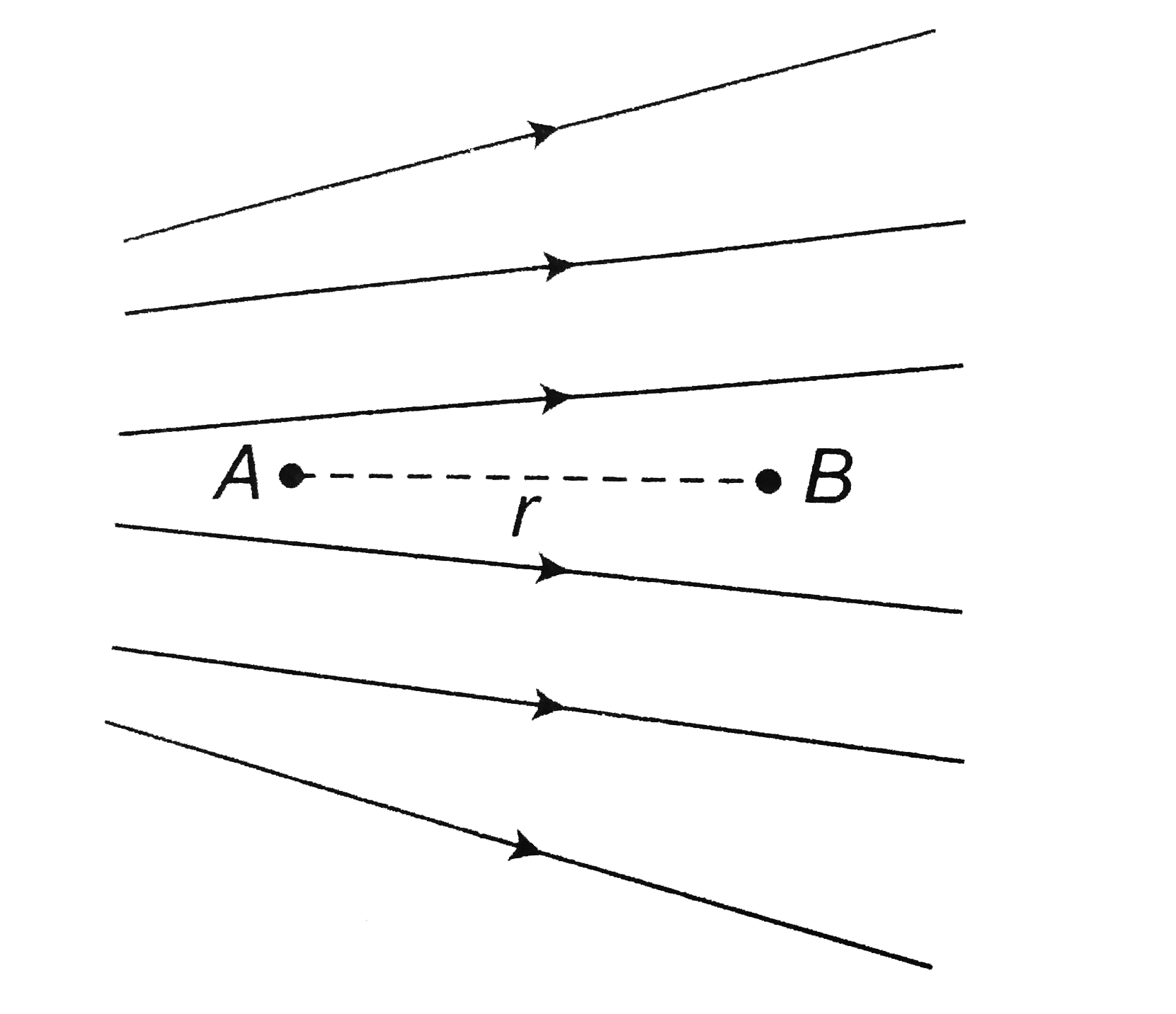The binding energies of the nuclei A and B are EαandEα respectively. Three atoms of the element B fuse to give one atom of element A and an energy Q is released. Then, Ea,Eb Q are relaetd as
Ea−3Eb=Q
3Eb−Ea=Q
Ea+3Eb=Q
Eb+3Ea=Q
The correct Answer is:A
To solve the problem, we need to relate the binding energies of nuclei A and B with the energy released during the fusion process. Here’s a step-by-step breakdown of the solution:
Step 1: Understand the Binding Energy Concept
Binding energy is the energy required to disassemble a nucleus into its constituent protons and neutrons. A higher binding energy indicates a more stable nucleus.
Step 2: Identify the Fusion Reaction
The problem states that three atoms of element B fuse to form one atom of element A. We can represent this reaction as:
3B→A
Step 3: Write the Energy Change Equation
The energy released (Q) during the fusion process can be calculated using the binding energies of the reactants and products. The energy released is given by the difference in binding energies of the products and reactants:
Q=(Binding Energy of Products)−(Binding Energy of Reactants)
Step 4: Substitute the Binding Energies
For our reaction:
- The binding energy of nucleus A is EA.
- The binding energy of nucleus B is EB.
Since three atoms of B are involved, the total binding energy of the reactants is 3EB. Therefore, we can write:
Q=EA−3EB
Step 5: Rearranging the Equation
Rearranging the equation gives us a relationship between the binding energies and the energy released:
EA=Q+3EB
Conclusion
The relationship between the binding energies EA, EB, and the energy released Q can be summarized as:
EA=Q+3EB
Binding energy is the energy required to disassemble a nucleus into its constituent protons and neutrons. A higher binding energy indicates a more stable nucleus.
The problem states that three atoms of element B fuse to form one atom of element A. We can represent this reaction as:
3B→A
The energy released (Q) during the fusion process can be calculated using the binding energies of the reactants and products. The energy released is given by the difference in binding energies of the products and reactants:
Q=(Binding Energy of Products)−(Binding Energy of Reactants)
For our reaction:
- The binding energy of nucleus A is EA.
- The binding energy of nucleus B is EB.
Q=EA−3EB
Rearranging the equation gives us a relationship between the binding energies and the energy released:
EA=Q+3EB
The relationship between the binding energies EA, EB, and the energy released Q can be summarized as:
EA=Q+3EB
Topper's Solved these Questions
- NUCLEIBOOK - DC PANDEY ENGLISHCHAPTER - NUCLEIEXERCISE - B Medical entrance special format questions
9 Videos
- NUCLEIBOOK - DC PANDEY ENGLISHCHAPTER - NUCLEIEXERCISE - MATCH THE COLUMNS
4 Videos
- NUCLEIBOOK - DC PANDEY ENGLISHCHAPTER - NUCLEIEXERCISE - CHECK POINT 13.3
15 Videos
- MODERN PHYSICS - 2BOOK - DC PANDEY ENGLISHCHAPTER - MODERN PHYSICS - 2EXERCISE - Level 2 Subjective
10 Videos
- RAY OPTICSBOOK - DC PANDEY ENGLISHCHAPTER - RAY OPTICSEXERCISE - Medical entrance gallary
76 Videos
Similar Questions
The binding energy of nucei X and Y are E1 and E2, respectively. Two atoms of X fuse to give one atom of Y and an energy Q is released. Then,
View SolutionThe activation energies for forward and backward reactions are EfandEb respectively. If the reaction is exothermic then which is true regarding relation of activation energies?
View SolutionThe magnitude of binding energy of the satellite is E and kinetic energy is K. The ratio E/K is
View SolutionFigure shows the electric lines of force emerging from a charged body. If the electric field atA and B are EA and EB respectively and if the displacement between A and B is r then

View SolutionFigure shows the electric lines of force emerging from a charged body. If the electric field atA and B are EA and EB respectively and if the displacement between A and B is r then

View SolutionThis binding energy per nucleon for the parent nucleus is E1 and that for the daughter nuclei is E2. Then
View SolutionIf the activation energies of the forward and backward reactions of a reversible reaction are Ea(f) and Ea(b), respectively. The ΔE of the reaction is ………..
View SolutionIn hydrogen atom, the energy of second shell eΘ
View SolutionIn a hydrogen atom, the binding energy of the electron in the ground state is E1 then the frequency of revolution of the electron in the nth orbit is
View SolutionA molecule may be represented by three structures having energies E1,E2andE3, respetively. The energies of these structures follow the order E2<E2<E1, respectively. If the experimantal bond energy of the molecule is E0, the resonance energy is :
View Solution
